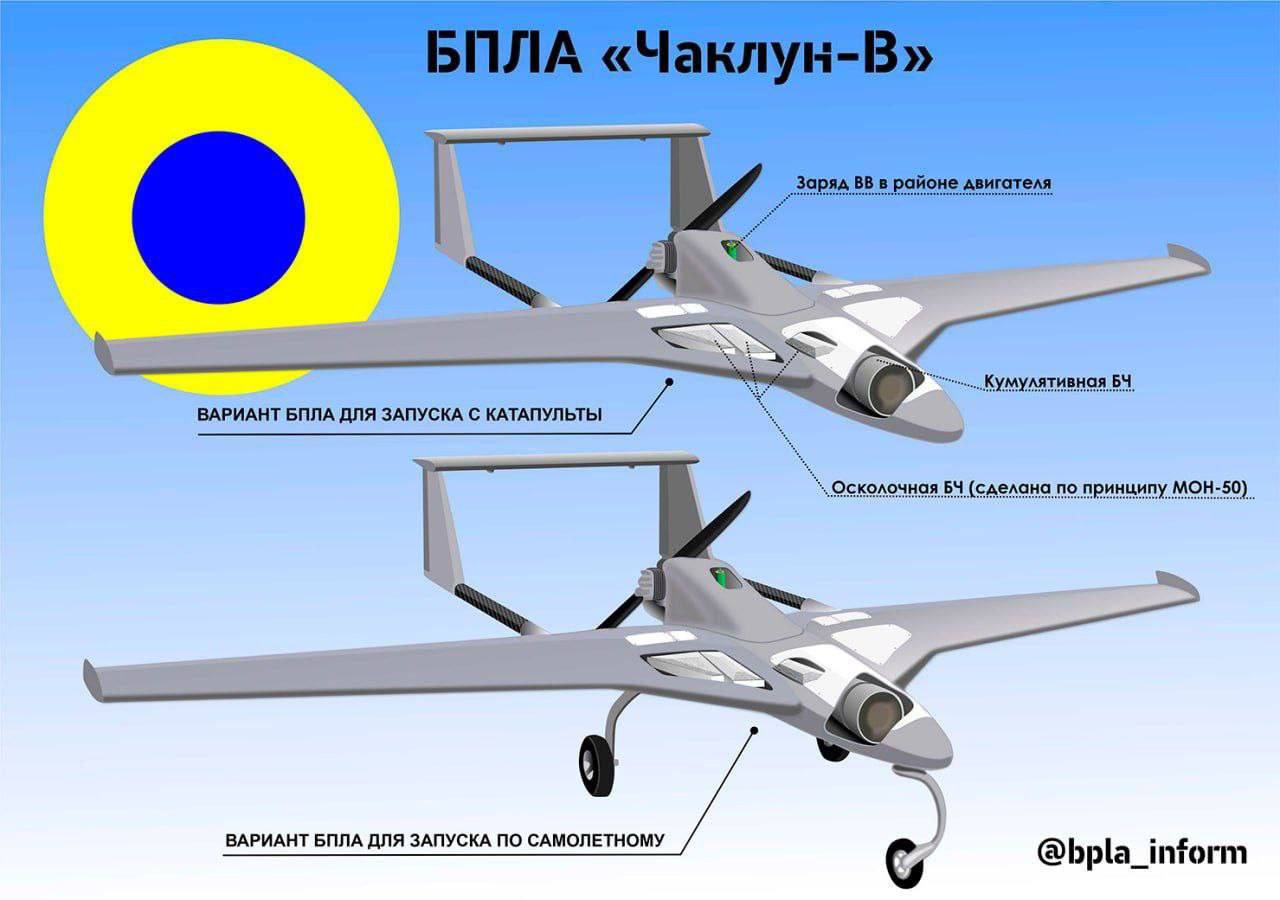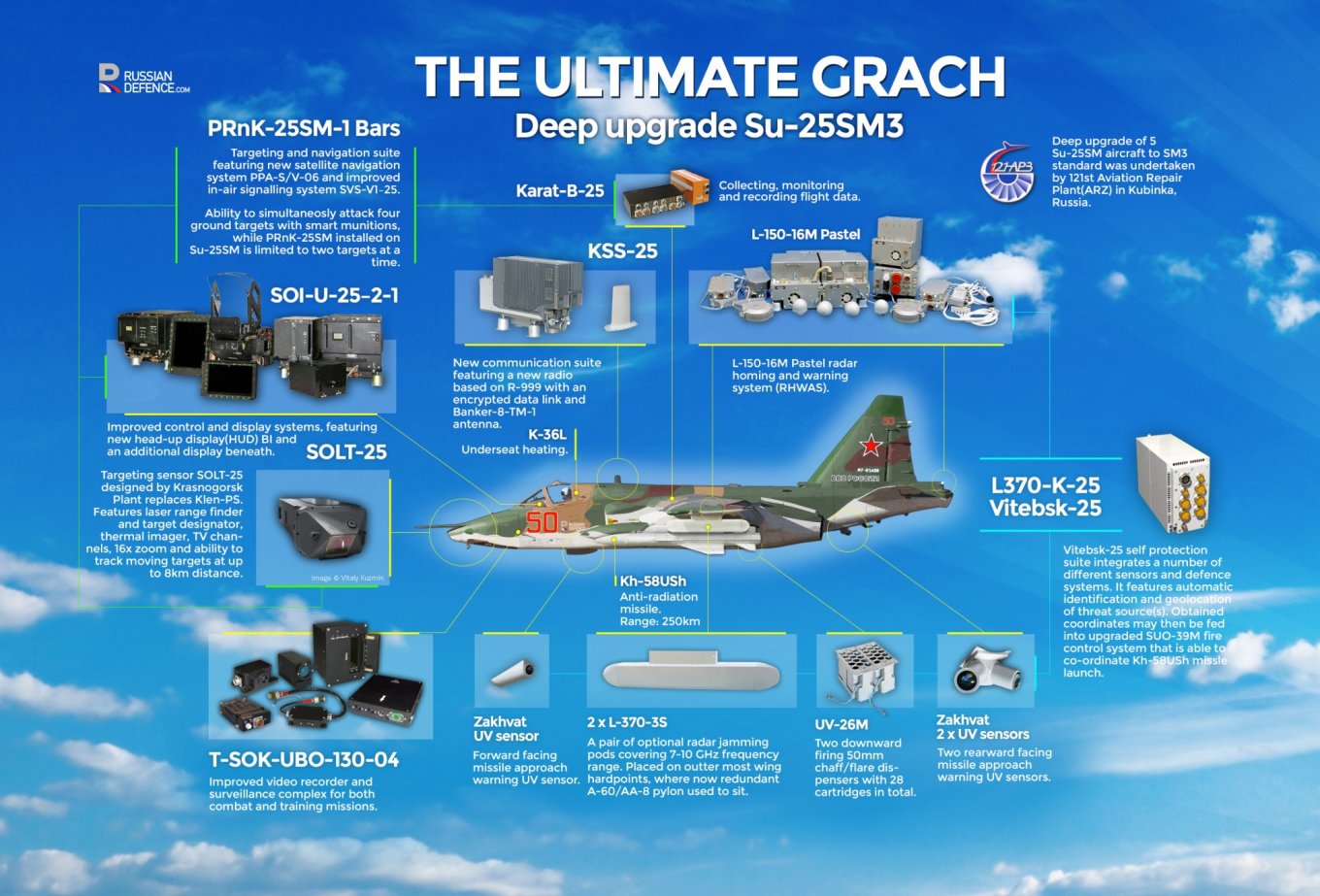On the night of January 21, 2025, the Armed Forces of Ukraine deployed long-range kamikaze drones to target military objectives within the territory of the aggressor state. Notably, it has been reported that a strike occurred at the Smolensk Aviation Plant, where the National Security and Defense Council indicated that this facility is engaged in the production and modernization of military aircraft, particularly the Su-25.
Additionally, social media videos suggest that a long-range kamikaze drone named "Chaklun-V," with an estimated launch range of up to 700 kilometers, was utilized for this attack.
Currently, the specific outcomes of the strike on the enemy aviation plant remain unknown. The aforementioned video indicates that during the attack, one of our drones shot down a Russian "Pantsir," while a second drone successfully hit the production building of the facility.
Regarding the "Chaklun-V," it is reported to have a flight range of up to 700 kilometers and a warhead weight of 20 kilograms; a similar warhead weight is found on the Russian Shahed-131 drones, which, however, are rarely mentioned in the context of the full-scale war between Russia and Ukraine.
At the same time, it seems that the Russian side believes the "Chaklun-V" possesses a combined warhead that may exceed 20 kilograms, with its components distributed across various elements of the drone's fuselage. This could potentially create a psychological effect when employing such drones to strike enemy military targets.

As for the Smolensk Aviation Plant, it is important to clarify certain details. Firstly, in October 2023, the Armed Forces of Ukraine already targeted this facility of the Russian military-industrial complex, and at that time, the Main Intelligence Directorate of the Ministry of Defense reported that this plant is involved in the production of Kh-59 missiles. Even now, the website of the Main Intelligence Directorate states that the Smolensk Aviation Plant utilizes imported equipment from several countries, primarily for the production of drones and Kh-59 missiles.
However, we cannot rule out the possibility that there has indeed been some re-profiling of this aviation plant over the past year, allowing it to undertake certain work on the Su-25. It should be understood that Russia is not capable of producing new aircraft of this type. During Soviet times, the manufacturer of these planes was located in Tbilisi, but now the Tbilisi Aircraft Manufacturing can only engage in repairs and upgrades of the Su-25.
According to data from The Military Balance 2024, at the beginning of last year, the Russian Armed Forces had 40 Su-25s in their basic version, about 110 upgraded Su-25SM/SM3 aircraft, and 15 training-combat Su-25UBs.
